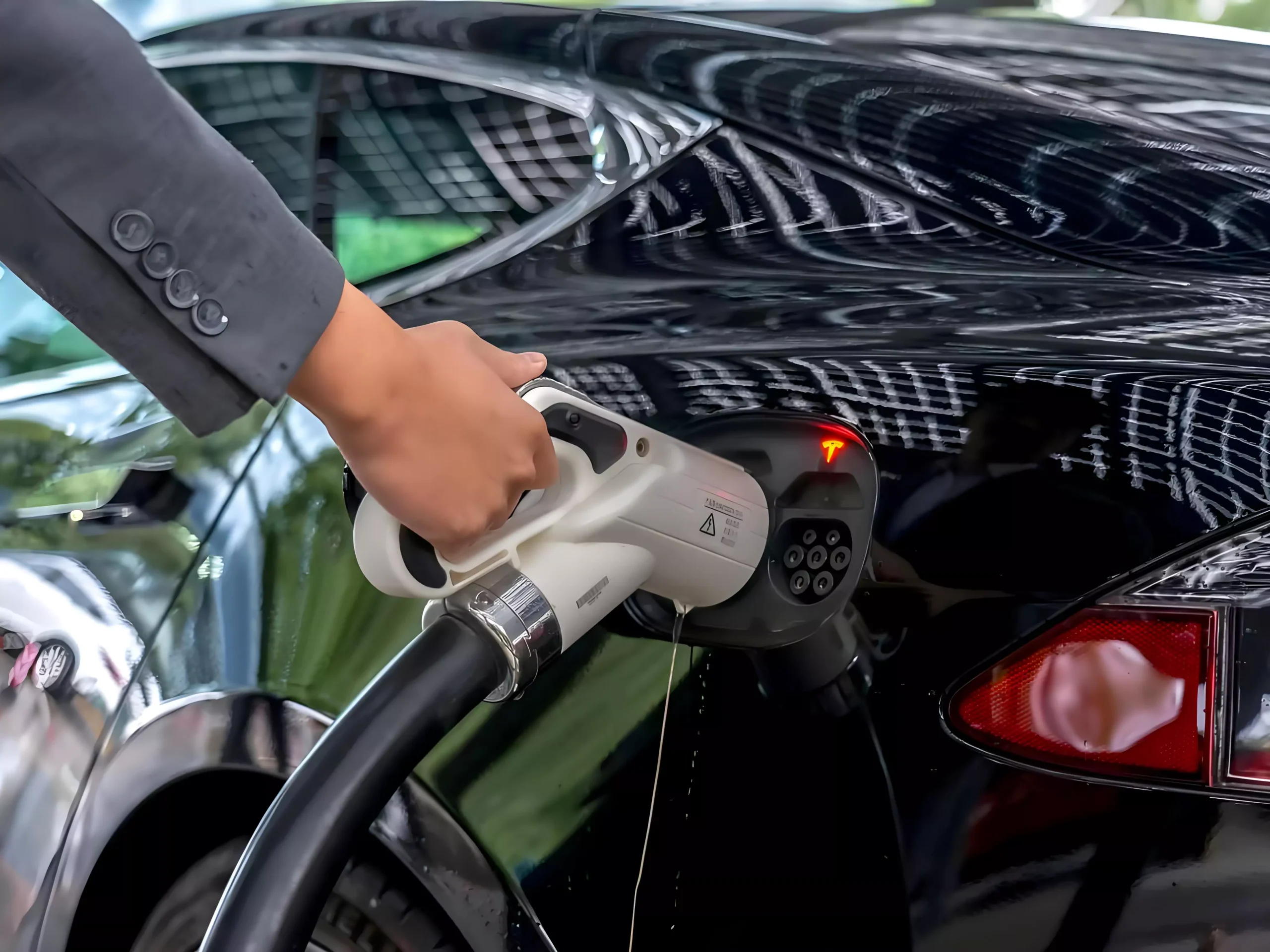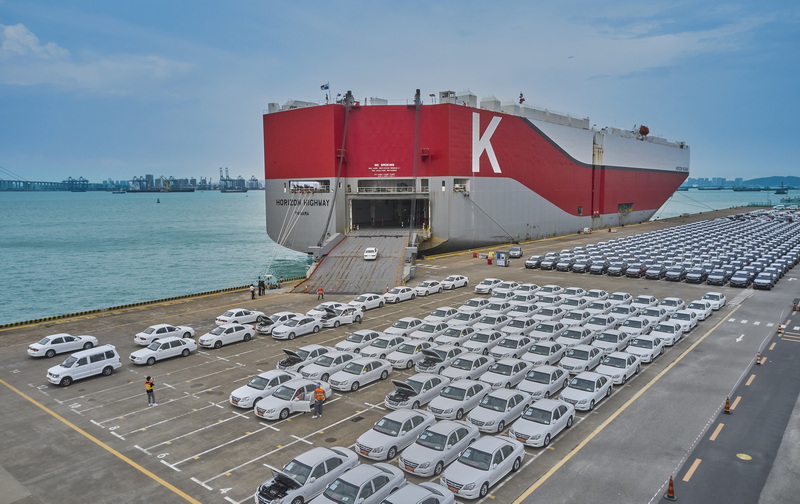Does your EV drive for as long as the manufacturer claimed? Or does it fall short of its promise? Don’t worry. In today’s blog post, we’ll discuss the 10 practical tips to extend the EV range.
It’s possible that even after following these tips, you still won’t be able to achieve your EV’s claimed range. But it’ll help you translate the last drop of battery power into usable range.
So, without any further ado, let’s get started!
1. Avoid the Temptation to Accelerate Instantly
If you’re struggling with your EV’s range, this might be the reason. EVs accelerate fast. The thrill of pressing the accelerator and feeling the instant torque delivered to the wheels is amazing. However, this amazing feeling comes at the cost of rapid battery drain.
So, what you need to do is avoid the temptation to accelerate instantly. By easing into the throttle, you minimize energy consumption and maximize range. This practice not only extends your driving range but also enhances the overall lifespan of your battery.

2. Avoid Frequent Rapid Charging
Many EV owners know that frequent rapid charging can negatively affect battery lifespan. However, it is a common misconception that this impact is limited solely to longevity. In reality, frequent rapid charging can also influence the overall performance and driving range of an EV.
Rapid charging raises the battery temperature beyond the optimal range. So, in the following hour or two, you might experience a reduction in power output. This is due to thermal effects that can cause increased internal resistance, leading to diminished efficiency and performance.
Therefore, you should always keep your charging habits balanced to squeeze the most range out of your EV. Avoid frequent rapid charging and use high-quality EV home chargers.
3. Drive at 80% of the Given Speed Limit
To get the most out of your EV, you should always watch your speed. Higher speeds require more energy to maintain, significantly reducing your EV’s range. On the other hand, driving at a slower, more relaxed pace can extend your vehicle’s range.
Studies show that you can save up to 14% battery power if you reduce speed by just 15 kmph. A good practice is to drive at 80% of the given speed limit on any road. What this will do is reduce the need for braking. Also, it would allow for a smoother driving experience.

4. Use Regenerative Braking If Available
Regenerative braking is a key feature of many EVs that captures energy during deceleration. Instead of wasting kinetic energy as heat, regenerative systems convert it back into electrical energy. This energy is then used to recharge the battery as you slow down.
You can add up to 25% of driving range to your EV batteries by using this feature effectively. However, this is only true for EVs with regen braking systems. Therefore, when buying an EV from China or anywhere, it is essential to look for this feature.

5. Keep an Eye on the Tire Pressure
Tire pressure plays a crucial role in your EV’s efficiency. Both over and under-inflated tires can reduce your driving range. Under-inflated tires increase rolling resistance, and over-inflated tires lead to decreased traction. Both conditions cause the vehicle to consume more energy to move.
So, always make sure that your EV tires are optimally inflated. This simple maintenance task not only extends the driving range but also enhances overall driving safety.

6. Don’t Use Unnecessary Convenience Features
Today, EVs are equipped with numerous convenience features that can drain battery power. Functions like power seats, audio, and infotainment systems consume energy. This energy could otherwise extend your driving range. Limiting their use conserves battery life.
Be mindful of how often you use these features, especially on short trips. You should minimize unnecessary use of these features to improve your EV’s overall range during your travels.

7. Avoid Stop-and-Go Traffic
Stop-and-go traffic can be detrimental to an EV’s range due to frequent acceleration and braking cycles. Even regenerative braking cannot compensate for energy lost during constant acceleration and deceleration. This leads to reduced efficiency and lost battery power.
Therefore, if possible, plan your route to avoid heavy traffic areas and minimize the number of stops you make. Use navigation apps to help you find smoother routes.

8. Don’t Waste Battery Power on Heat
In fuel-powered vehicles, there are a lot of power losses in the form of heat. This heat is used to warm the cabin. However, with EVs and PHEVs, there aren’t as many losses. Therefore, the energy to heat the cabin comes directly from their batteries. This can reduce your range considerably.
So, instead of relying on the heater during colder months, consider using seat warmers or dressing warmly. This small adjustment can make a difference in how far you can travel on a single charge.
9. Choose Driving Modes Wisely
Most EVs have various driving modes, with some offering up to 10 different modes. These modes are designed to optimize performance and efficiency under different driving conditions. You should familiarize yourself with these modes if you want to extend your EV’s range.
In most scenarios, choosing to drive in the Eco mode might be the best choice. It limits the top speeds and acceleration levels while optimizing the overall power consumption.
However, this is not always true. For instance, a specialized off-road mode might be more well-suited to reduce power consumption on off-road terrains.

10. Watch Out for the Weather
Lastly, the impact of weather on the range of an EV is something you should be aware of. Most of the time, you cannot do anything about it, but what if you could? So, let’s discuss it.
Cold weather can reduce an EV’s range by as much as 12% when temperatures drop to around 20°F (-6°C). This is due to the need to use the cabin heating functions in colder weather.
Conversely, in hot weather up to 95°F (35°C), EVs may lose about 4% of their range. This happens due to the excessive strain on the battery. This loss may go up to 17% when cooling is employed.
Additionally, wind conditions can also affect range. Driving against a headwind reduces the range by up to 15%. In contrast, a tailwind can improve range by about 10% due to decreased resistance.
Icy or snowy conditions present another challenge. They necessitate greater use of traction control systems and increase rolling resistance. This can further diminish the range.
To mitigate these impacts, you should consider preconditioning your vehicles while still plugged in. It allows for cabin heating or cooling without depleting battery reserves during travel.

Final Word: How to Extend the Range of Your Electric Vehicle?
Implementing these 10 tips can significantly extend the range of your EV or PHEV and improve its overall performance. Remember, every little bit counts. At times, gaining even a few kilometers in range will make a difference in your daily commute. It allows you to reach your destination without the stress of finding a charging station.
Are you looking to import a long-range electric car from China? GuangcaiAuto is your trusted partner in importing the best Chinese EVs.
With a selection of 60+ worldwide car brands, cost-effective shipping, and affordable pricing, we make the whole process seamless.
You can directly place an order on our website or contact us to discuss your options. Please explore our blog for the latest news and offers from the Chinese auto market.


